
Hit and run accidents occur when the at-fault driver intentionally flees the scene without providing requisite contact and insurance information to the other involved parties. This irresponsible act can lead to a situation where victims are left dealing with property damage, bodily injuries, escalating medical bills, lost wages, and more. This happens frequently, even when a car is hit while parked.
Hit and run drivers not only shirk their lawful responsibility of remaining at the scene of an accident, but their actions can also exacerbate the victim’s distress. Whether the collision is minor or major shouldn’t define a driver’s response. Fleeing the scene denies the other party an opportunity for fair insurance and contact information exchange, which might’ve otherwise enabled a fair resolution.
This article aims to not only unravel complex elements concerning hit and run accidents but also to guide victims on the step-by-step approach of handling such incidents.
Table of content
- How To Handle a Hit and Run Accident
- Role of Auto Insurance in Hit and Run Accidents
- Role of a Hit and Run Lawyer
- Legal Repercussions for the Hit and Run Driver
- Dealing with Uninsured Drivers
- Prevention Techniques and Safe Driving Tips
- Hit and Run Crashes: Fact Vs Fiction
- What To Do After a Hit and Run Accident
- Navigating the Insurance Claims Process
In the unfortunate event of falling victim to a hit and run crash, the first course of action – where physically possible – is to call the police immediately. An accident report filed correlates directly with the strength of your claim from insurance coverage, as it provides the substantiation required to identify the hit and run driver. Therefore, as much as you can, try to note down the driver’s license plate number and take note of the vehicle description.
Secondly, seek immediate medical attention, even if you feel okay. Certain injuries may not manifest immediately. Timely medical attention is not only important health-wise, but it also establishes a clear link between the run-hit incident and any bodily injuries you may have sustained. Such documentation is also crucial when filing a claim with your auto insurance company.
Thirdly, gather as much evidence as possible from the scene of the hit and run accident. Documenting the scene could potentially be instrumental in your hit and run lawyer building a strong case. This could be done by taking photos of the damages to your car, noting the time and location of the accident, obtaining witness testimonies, and keeping a record of all medical bills among other related costs.
Role of Auto Insurance in Hit and Run Accidents
Car insurance plays an essential role in the event of a hit and run accident. There are specific clauses in your auto policy that could cover a hit and run accident. For instance, the uninsured driver coverage in most states – if included in your policy – can cover hit and run accidents. It is, therefore, imperative for victims of such incidents to review the terms of their applicable insurance policy meticulously.
On the other hand, collision coverage could pay for repairs to your vehicle irrespective of whether the at fault driver is identified. Of course, every insurance company has its terms and conditions. In many cases, a deductible will apply if your vehicle needs repairs due to a hit and run accident.
While having car insurance can lessen the financial burden in a hit and run crash, navigating the claims process can be taxing. Insurance companies have been known to deny or under-compensate the victims in such scenarios. Fortunately, there are experienced hit and run lawyers whose job is to help victims navigate the tricky path to receiving fair compensation from insurance companies.
Role of a Hit and Run Lawyer
Many unwary victims of hit and run accidents often find themselves caught up in the nonsense of insurance claims, medical bills and unexpected property damage repairs. Appointing a hit and run lawyer can help victims endure these difficult times. Such experienced professionals are adept at dealing with insurance companies, ensuring full compensation, gathering evidence, talking to the police and preparing a thorough accident report.
A seasoned hit and run lawyer can also expedite the compensation process, ensuring that medical costs and other associated expenses are met immediately. Also, they can advise victims on their rights, giving them a full understanding of what they can claim, which might not be limited to car damage and injuries, but lost wages too, depending on the specifics of their car insurance policy.
While it might seem daunting to engage a lawyer, considering the multiple hurdles and complexities involved with hit and run accidents, having an experienced attorney on your side can make a significant difference between receiving full compensation and bearing the costs alone.
Legal Repercussions for the Hit and Run Driver
In many jurisdictions, fleeing from the scene of an accident is considered a severe crime, whether or not the fleeing driver was at fault. Once the hit and run driver is identified, they could face substantial fines, potential felony charges, and in extreme cases, a lifetime revocation of their driver’s license.
The exact punishments vary by state. In some areas, even minor hit and run incidents are classified as a felony, given the values of community responsibility and integrity they infract. More serious accidents resulting in severe bodily injuries or death can lead to the hit and run driver spending several years in county jail and substantial fines.
To make matters even more stringent, most states usually increase the severity of the penalties for drivers who have committed hit and run offenses on more than one occasion. This is designed to deter future violations and ensures that the driver understands the seriousness of their actions.
Dealing with Uninsured Drivers
Encountering an uninsured driver in a hit and run situation can dial up the levels of complexity. Some uninsured drivers flee the scene of an accident due to the fear of potential costs associated with injuries and property damage, despite their legal obligation to remain. Therefore, victims who can’t identify the at-fault driver or where the driver lacks sufficient insurance coverage, often find themselves in a tumultuous position.
In such situations, the victim’s auto insurance could come into play. Uninsured/underinsured motorists (UM/UIM) coverage is designed to cover your medical bills, lost wages, and other damages when the other driver lacks adequate insurance. However, one must remember that all policies have their limits.
Without such insurance cover, victims may need to tap into other means such as health insurance or personal savings to handle immediate medical costs. Depending on the specific circumstance, a lawyer might also be able to locate alternative means of compensation.
Prevention Techniques and Safe Driving Tips
While hit and run accidents can occur unexpectedly, certain preventative measures can be taken to minimise the risk. Consider parking your vehicle in well-lit areas or CCTV-monitored zones. This may deter potential hit and run drivers and aid in their identification should an incident occur.
Always drive safely and defensively, paying close attention to traffic laws and being cautious of other drivers on the road. Doing so reduces your chances of being involved in any car accident, including hit and run. Furthermore, never antagonize an aggressive driver. Road rage can lead to unpredictable behavior and may provoke an unnecessary collision.
Ensure you carry all the necessary documents, such as your driver’s license and insurance information, while driving. Not only are these necessary to have at all times as a driver but they are essential in the unfortunate event of an accident.
Hit and Run Crashes: Fact Vs Fiction
Despite common misconceptions, hit and run crashes are not limited to dramatic high-speed collisions. Even a slight scrape of a parked car can be considered a hit and run if the driver fails to leave their contact and insurance information. If you accidentally hit a parked car, you must leave a note with your details and report the incident.
Another popular myth is that hit and runs can’t be claimed for on insurance because the driver isn’t identifiable. This isn’t true. Many car insurance policies will cover hit and run accidents, providing that the victim has reported the incident to the police, has sought medical attention where necessary and reported the incident to their insurance company as soon as possible.
Finally, there’s a mistaken belief that pedestrians cannot be victims of hit and run accidents. This is incorrect. A hit and run accident includes any incident where a driver collides with a pedestrian, another car, or an inanimate object. Then it leaves the scene without stopping to identify themselves or offer assistance.
What To Do After a Hit and Run Accident
A hit and run accident can be a shocking and confusing event. Here’s a useful checklist to remember if you ever are in such a predicament. Firstly, call the police and wait at the scene till they arrive. Be ready to provide an incident report capturing all the details.
Secondly, seek immediate medical attention even if no bodily injuries are visible. Certain injuries may only manifest over time, and an immediate medical examination is essential for your health and insurance claim process.
Finally, file a claim as soon as possible. Remember to document all details; write down the sequence of events, take pictures of the accident scene or any damages, and record witness testimonies, if available.
Navigating the Insurance Claims Process
The insurance claims process in a hit and run accident can often be complex. It’s essential to notify your car insurance company right away. Most insurance forms typically have a clause covering hit and run scenarios, but using this cover often means meeting precise conditions and punctual actions, notably that you promptly reported the incident to the police and sought immediate medical attention, if injured.
Your claim could still be denied if you fail to comply with these conditions or your insurance company assesses that your negligence contributed to the accident. Hence, having a detailed police report and medical records is essential in helping to construct a robust insurance claim.
Proving a hit and run can be challenging, particularly if the at-fault driver remains unidentified. Consequently, seeking advice from a hit and run lawyer professional can be invaluable in helping you to navigate through the process and ensuring your rights are fully recognized and protected. They can help you file a claim, identify the correct applicable insurance policy to cover your losses, and fight for your rights against the insurance company if your claim is denied.
Final thought
In conclusion, hit and run accidents are unfortunate incidents that can lead to undue stress, mounting medical bills, and property damage. While these unexpected occurrences are quite unsettling, it’s essential to remain calm and take prompt, calculated steps to ensure the best possible outcome. Remember, you don’t have to bear the burden alone. Expert lawyers, supportive insurance companies, and compassionate medical staff are available to assist you through this trying time. Stay informed, stay insured, and stay safe on the roads. Know that you have rights and never hesitate to enforce them following a hit and run accident.
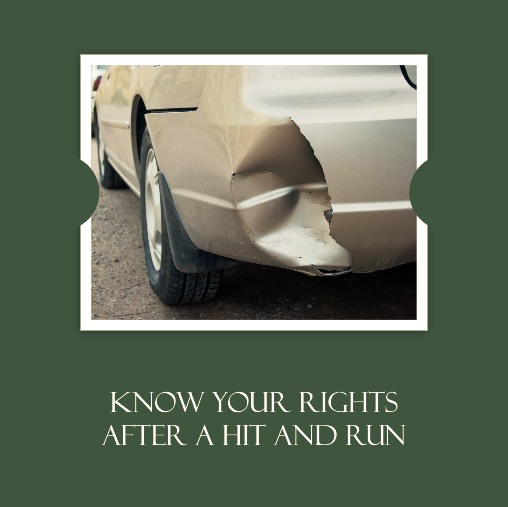
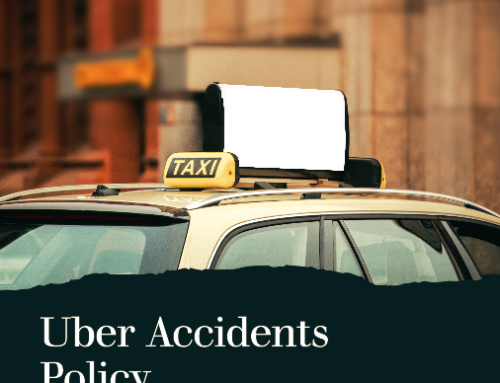
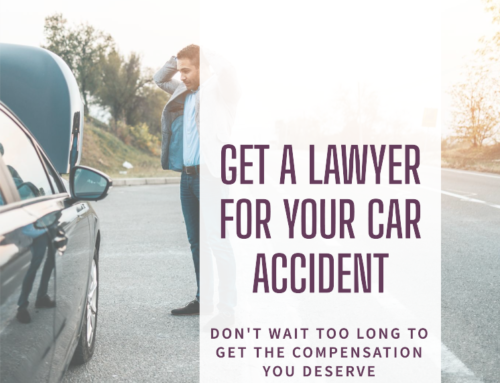
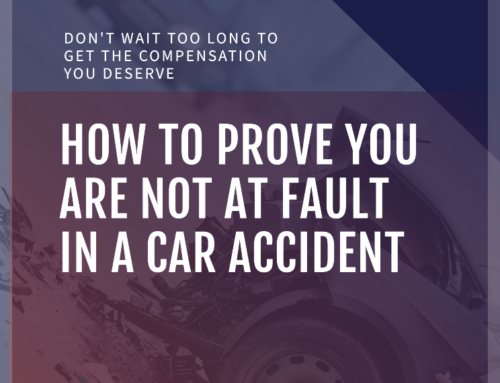
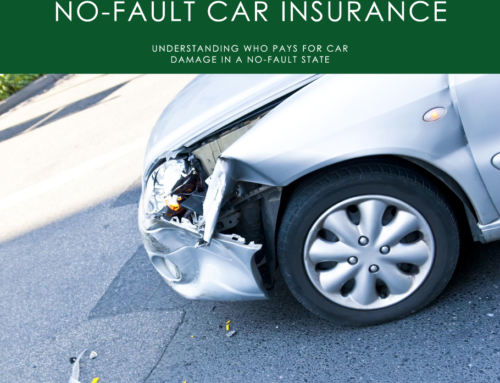

Leave A Comment